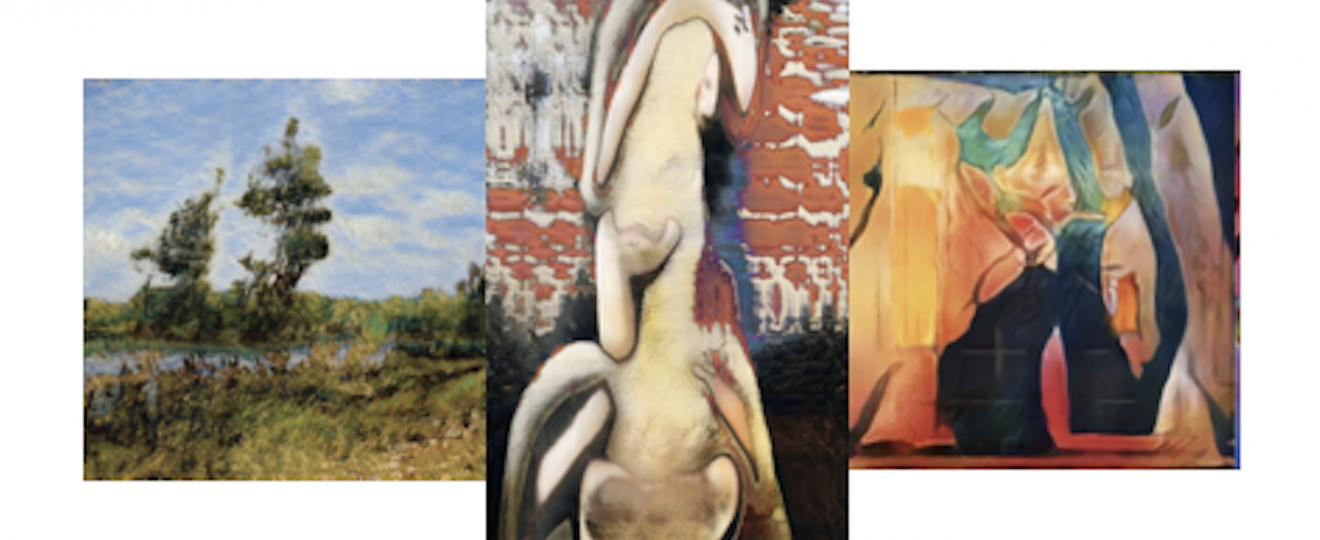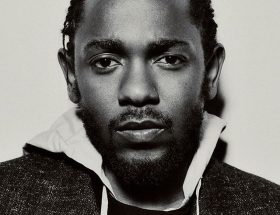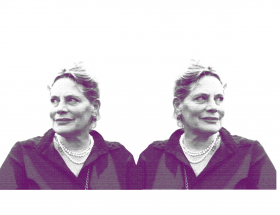Take a look at these paintings. Really take a look at them. What do they mean?
More importantly, do they have to mean anything at all?
Visiting a modern art gallery has always been an equally frustrating and enlightening experience for me. I have spent hours standing before erratic shapes and colors, trying to make something of them – only to find that I’ve completely misinterpreted the artist’s intentions.
Supposedly, this is the beauty of art. We assume that its creation requires imagination and emotion, yet it ultimately will be perceived and understood in so many different ways. So, if the artist’s intent is no longer of primary significance, can art be conceived without expressive intent, that is, without an artistic meaning in mind? Can we simply project our own artistic readings onto it?
Furthermore, when art is created for art’s sake, without any conscious choice in its composition or meaning, does its artistic value diminish? Nowadays, artistry has become more an innovative and socially important pursuit rather than a medium based on skill. From Duchamp’s ‘Fountain’ to Banksy’s ‘Girl with Balloon’, contemporary art is increasingly characterized by a message, by a meaning.
So when a Generative Adversarial Network (GAN) generates a piece of visual art after scanning 81,500 online artworks, can we consider it an artistic innovation? The results from these GANs are certainly cool in an abstract, dystopian way– when compared with human artworks in online surveys, they have actually been preferred – and it’s certainly a new and futuristic way to produce art. However, it simply creates an aesthetic: a surface that is appealing to the eye but which lacks the component of a deeper meaning.
Artnome’s Jason Bailey argues that this isn’t necessarily true. AI has been creating works of art for years– why have they suddenly struck a chord? The answer lies in the uncanny sense of recognition we find in these pieces. These are simply variations on landscapes and nude paintings, but their composition is neither human nor natural. It is an artistic paradox; they are innovative because they are familiar to us and reflect the aesthetics of our own creations. Scarily, AI art has given us a peek into our own preferences by becoming exactly what we like, but without the sense of expression and communication that we typically associate with art.
On one hand, it is this appeal to the aesthetic rather than the intellectual that makes art and its appreciation more accessible. GAN art opens this door wider as it allows us to freely make our own preferential judgments and artistic interpretations, without fear of misinterpretation.
On the other hand, the passivity and malleability of this artistic medium mean that it is not of itself an artistic innovation. Yes, it makes pretty art. I would argue that the works are not necessarily unique and could have been done by a human artist, as they simply mimic the process of accumulating knowledge and basing aesthetic decisions off that knowledge. In an era where art is driven by innovation, it seems like GAN can simply offer us an artsy visual without the deep edification that a human artist can give. It offers us no new perspective, simply reflecting what we already know and like.
At the end of the day, we humans are fickle, and our preferences change faster than ever before. These algorithms can fulfill our short-term wants but, in the long term, it is the human touch that steers the direction of these shifting desires and gives us the depth of inspiration that we have come to expect from art.





I didn’t intend to fall into reading a highly sophisticated article on modern art, however my eye was caught almost immediately and I’m glad I kept reading. I absolutely loved it!